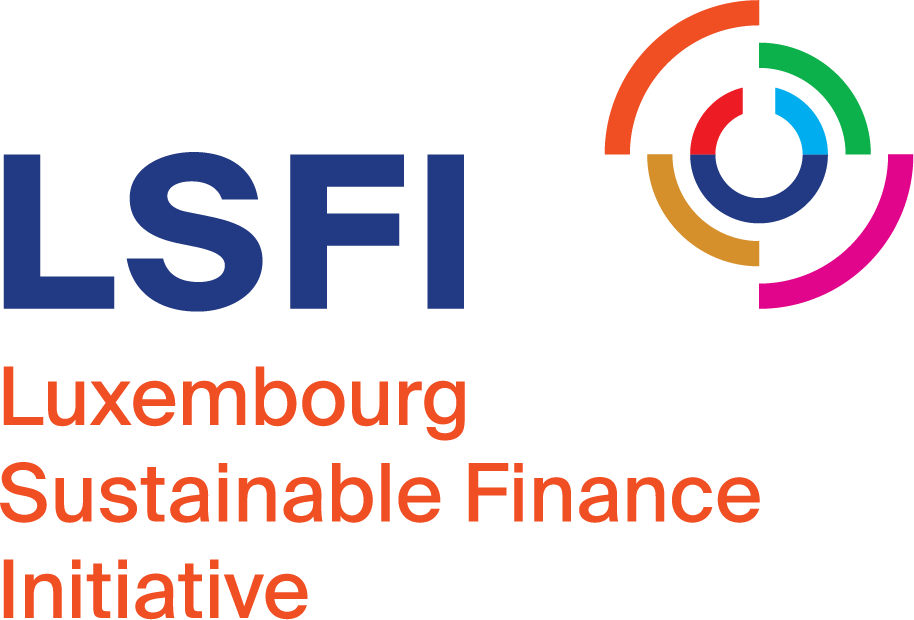Each year, funding for the UN SDGs falls short by approximately USD 4 trillion. Mobilising private capital is essential to bridging this gap, with blended finance being one of the key investment structures to support this process.
This month, we interviewed Guillaume Bonnel, CEO at the SDG Impact Finance Initiative (SIFI) and member of the LSFI Impact Investment Advisory Board (IIAB). We discussed the reasons behind these funding gaps, as well as the best practices and the challenges in mobilising private capital. Guillaume will also be joining the LSFI Summit on September 18th and 19th, where he will present during the Private Investment Mobilisation masterclass (more information here).
LSFI: Every year, funding for the UN SDGs falls short by c. USD 4 trillion. What are the main reasons behind this?
Guillaume Bonnel (GB): Absolutely, the funding gap for the SDGs is enormous, now at about $4 trillion annually. This gap has grown larger than initial estimates, and with only five years left, our progress is critically off track. Half of the target indicators are moving away from their goals, and one-third show no progress at all. The current economic model, with its unaccounted-for externalities, is unsustainable and must evolve. Traditional approaches like Official Development Assistance (ODA) and philanthropy alone are not enough to tackle the vast challenges we face, from the effects of COVID-19 to climate change, rising inequalities and conflicts.
We need to rethink SDG financing. While some SDGs in certain regions require governmental and philanthropic support, many can and should be financed through commercially viable solutions that integrate social and environmental considerations. Impact investments are crucial in this transformation, creating pathways for sustainable development.
LSFI: Why was SIFI created and how do you support the mobilisation of private sector capital for the achievement of the SDGs in developing countries?

Guillaume Bonnel – CEO, SDG Impact Finance Initiative (SIFI)
GB: SIFI was established to mainstream impact investing. Our mission is to mobilise CHF 1 billion in private capital for the SDGs by launching and scaling innovative investment funds in emerging markets. We responded to the call from the impact finance community to harness expertise and private sector mobilization to address SDG financing needs. Founded through a collaboration of Swiss governmental resources and the philanthropic efforts of UBS Optimus Foundation and, formerly, Credit Suisse Foundation, SIFI is designed as an international platform. Partnering with Luxembourg was a natural fit due to the shared leadership in green and impact finance between the two countries. Minister Roth highlighted the synergy in this collaboration, expressing excitement about having the Luxembourg Ministry of Finance on the board, which further strengthens the connection with Luxembourg’s financial sector. We use blended finance, leveraging public and philanthropic capital to foster innovation through grants, build a pipeline of scalable solutions, and mitigate risks for investors. This approach not only supports impactful investments but also makes them more attractive and accessible to a broader range of investors.
LSFI: What are the main challenges that the private capital mobilisation faces and is there any best practice you would share to overcome those?
GB: The two main barriers are the misperception of risk in emerging markets and liquidity challenges. Investments in developing markets are frequently seen as disproportionately risky, which overlooks their growth potential. Blended finance can significantly mitigate these risks by leveraging public and philanthropic funds to de-risk investment opportunities. However, current rating systems do not adequately capture the true risk-return profiles of these structures. Solid data from sources like Convergence or GEM’s database is essential to help refine these methodologies. Liquidity is another challenge, as the typical lifespan of impact investing funds (12+ years) limits exit options. Innovative financial instruments and new platforms, such as Octobre, are emerging to address these liquidity issues by providing more suitable exit strategies for investors.
Blended finance is powerful but complex, so forums like the LSFI Summit “Finance for a Sustainable Future” are crucial for fostering understanding and addressing these critical issues.
LSFI: What kind of structures to mobilise private capital exist and how can they help support the mobilisation of private capital?
GB: We have a robust suite of blended finance tools and strategic actors like Development Finance Institutions (DFIs), which can significantly mobilise private capital. Structures that de-risk private participation or enhance the risk-return profile are immensely beneficial. Blended finance projects typically leverage three to five times the concessional capital with private investment. In some cases, combining junior equity with other instruments can mobilize up to seven to nine times the private capital. Guarantees also play a critical role in this process, particularly where the perception of risk is high. DFIs are well-positioned to provide these guarantees, achieving high mobilization rates and significantly lowering investment risks for private sector participants. In addition, grants, including reimbursable ones, help test and initiate innovative solutions, paving the way for greater private sector involvement and demonstrating the viability of new approaches.
Through these collaborative efforts, we can overcome the challenges of capital mobilisation and drive significant progress towards achieving the SDGs.





